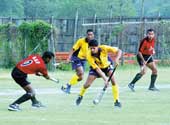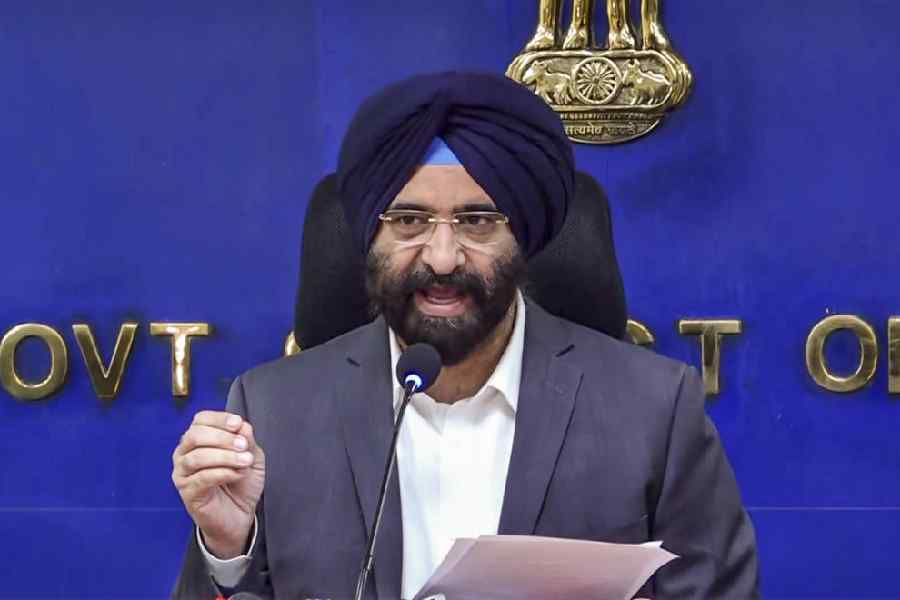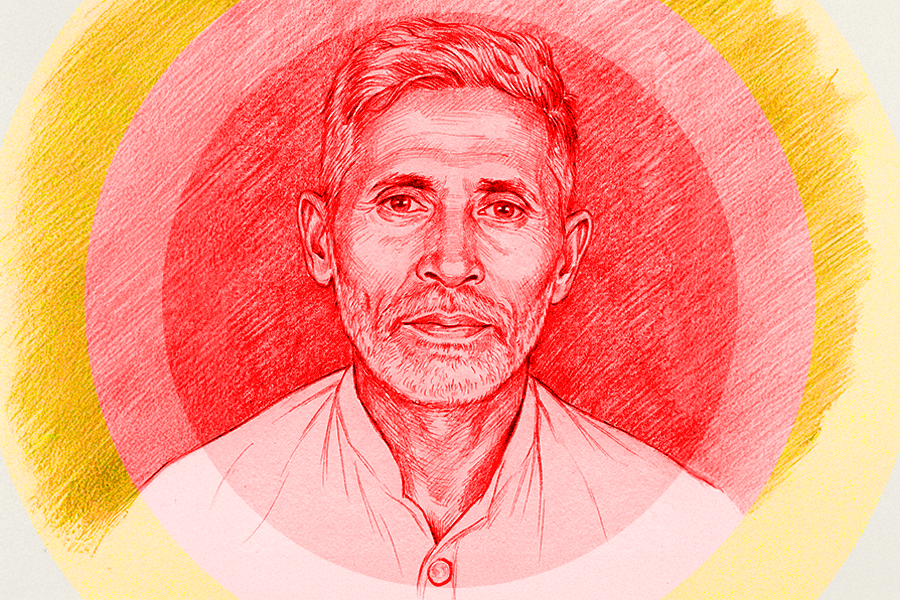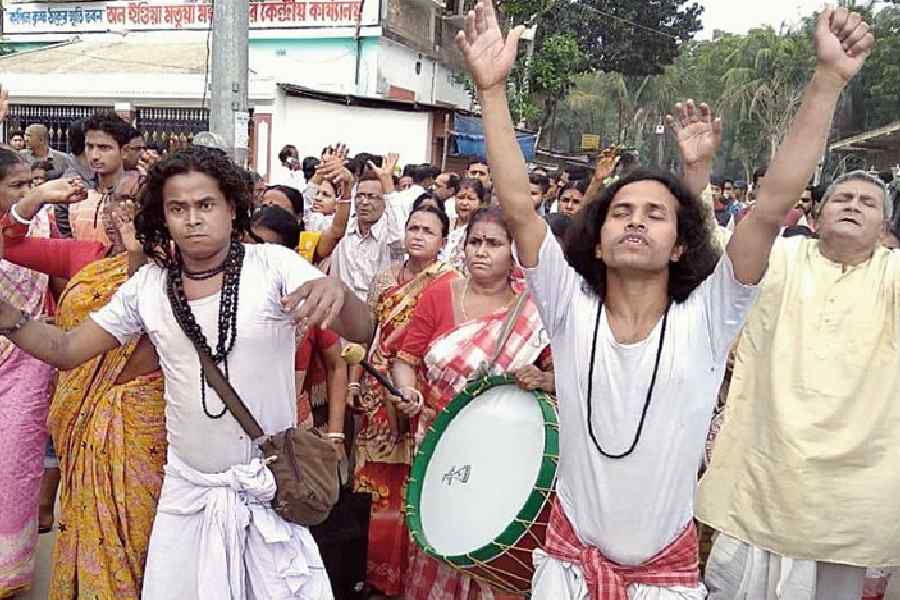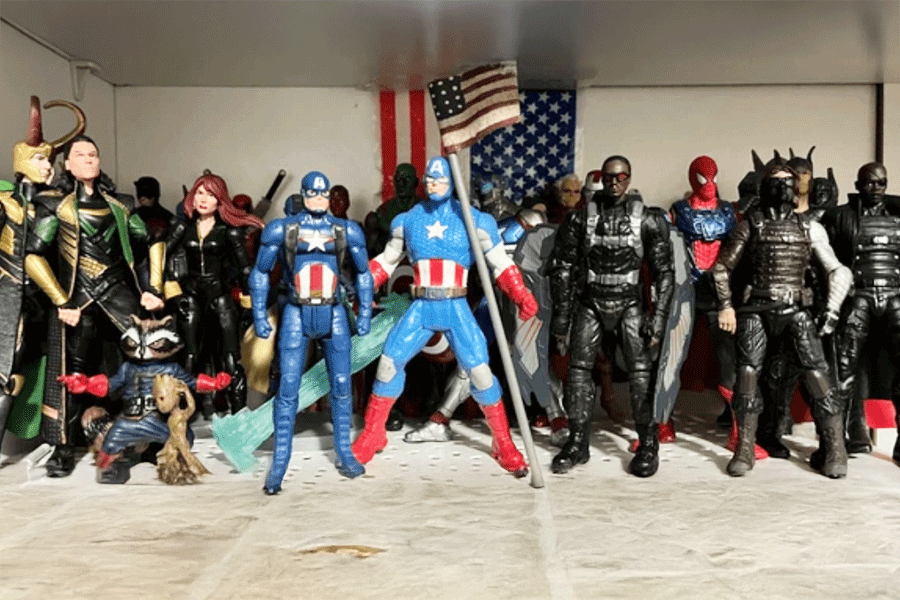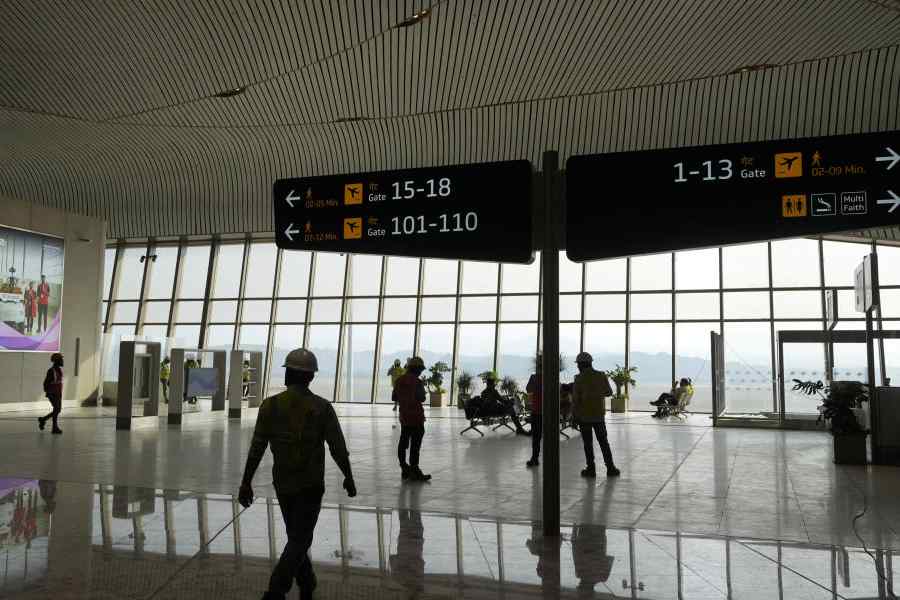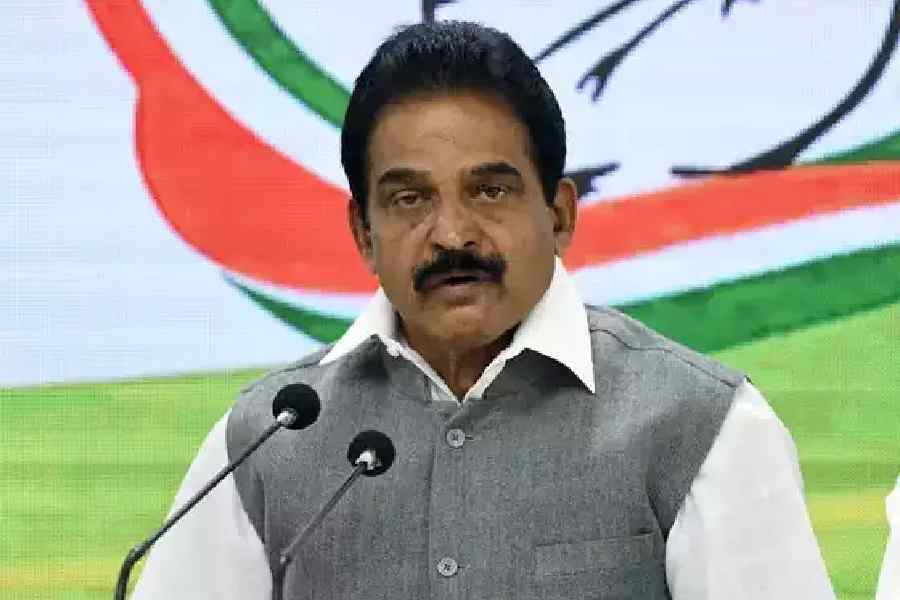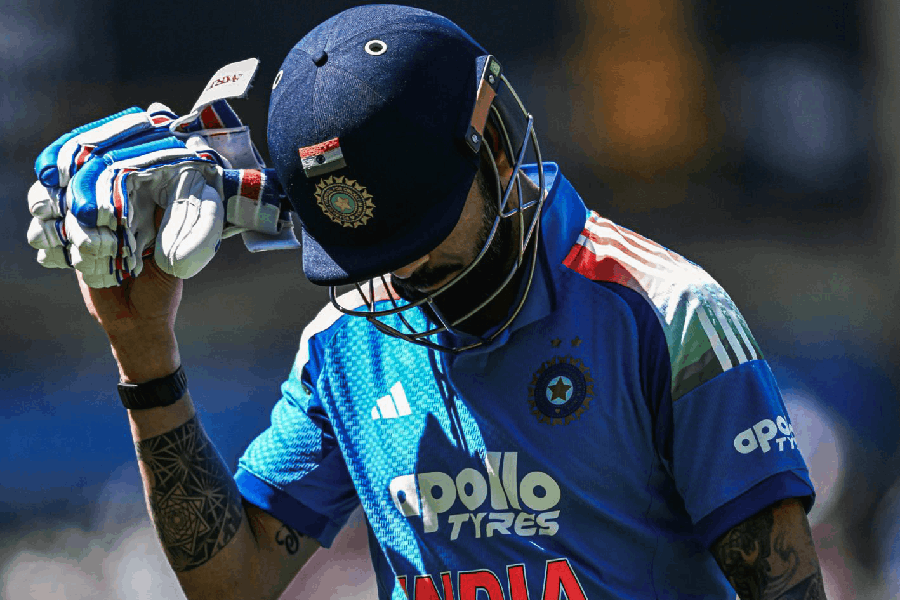 |
 |
 |
| (From top) A file picture of a Beighton Cup match on the Mohun Bagan grounds, Gurbux Singh and Leslie Claudius |
The stick-and-ball game has a long association with the city where it was groomed in barracks, schools and clubs
where do i begin to tell the story of how a great love can be ? the sweet love story that is older than the sea, the simple truth about the love Calcutta and Bengal had for the great sport of hockey?
I?ll begin with a very recent happening, when Leslie Claudius received The Pride of the Community Honour from The All-India Anglo-Indian Association. At its annual general meeting in Delhi, in the presence of representatives from as many as 62 towns across the country, Anglo-Indians paid tribute to their greatest pride. Bradmanesque in stature, Claudius bestrode the hockey world like a Colossus, winning three Olympic golds and a silver. Unfortunately, while Bradman, the Boy from Bowral, took a voluntary sanyas, away from the spotlight, we kept our Boy from Bilaspur (a quaint railway colony in MP) and Mcleod Street on a permanent sanyas, even though he lived in the heart of the city.
While I helped Steve Waugh auction Bradman?s bat for a whopping five lakh rupees at a charity fund-raiser, we never bothered to ask Claudius what he did with his favourite hockey sticks or his medals. I did later and was told very casually, that some were lost or stolen, while others were lying around somewhere. Not surprising really since we?ve all grown accustomed to living in a one-sport-nation where Parthiv Patel?s under-used gloves and Murali Karthik?s smelly socks would probably fetch a few rupees more than Claudius? stick.
Some day I?ll ask Uncle Les for some of his memorabilia; for the moment, allow me to unravel the romance ? between an incredible sport and an incredible city.
No one knows exactly when the game was born, though there are illustrations highlighting variations of a stick-and-ball game dating back to 500 B.C. Though the name ?hockey? is probably derived from the French word hocquet, meaning a shepherd?s crook, its true progenitor is believed to be hurling (now hurley), the national sport of Ireland. Though the Blackheath Club of South London claims to be the oldest hockey club in the world and the British Army introduced the sport in India, the earliest nursery for the finest hockey players in the world was good ol? Calcutta. As Clary Miller, author of Hockey?s Grand Slam, puts it: ?Authors who have given all the credit to the British for developing the game, have not bothered to look beyond their nose. Hockey to the British soldier meant ?hit the ball and run like hell? ? a peep into the annals of the Beighton Cup, the blue riband of Indian hockey, reveals that the only British Army team to win the Cup was the Royal Irish Rifles in 1901 ? a year after a school team from Calcutta had won it. So much for the skills of the British in hockey!?
Though British officers popularised the game amongst jawans in India and the likes of Lance Naik Dhyan Chand were encouraged to work their magic, hockey, as an organised sport, originated in Calcutta. The Beighton Cup, presented by T.D. Beighton, Legal Remembrancer of the Government of Bengal, and run initially by the Indian Football(!) Association, bullied off in 1895; the Calcutta Hockey League took off 10 years later. Pundits of my grandad?s generation were convinced that had we participated in the 1908 and 1920 Olympics, the team would have been monopolised by players based in Calcutta and India would have had two more golds in the kitty.
Part of the credit for popularising the game in India must go to the Irish Christian Brothers. It is believed that some of them were so skillful that they would have walked into the Indian team had it not been for their vocation. Thankfully, they passed on their skills to the boys who studied in the many schools that they ran, up in the hills and on the plains. This rubbed off onto other Anglo-Indian and missionary schools ? St James? School won the Beighton Cup way back in 1900!
Big time credit must also go to the Anglo-Indian Clubs of the time, most significantly, the Calcutta Naval Volunteers Club, now the Calcutta Rangers Club. Not only did it win the Beighton Cup nine times, including in its inaugural year, it was directly responsible for two of the country?s Olympic gold medals. When the Indian Olympic Committee did not have the funds to send the Indian team in 1932 and 1936, it was the generosity of the Rangers Club, rich with funds from its four-times-a-year sweepstakes, that ensured that the team set sail for Los Angeles and Berlin.
So popular was the game in the city that even today a few die-hards reminisce most fondly. Trevor Vanderputt, a former Rangers captain and Bengal selector who went on to become the Director of Coaching in Australia, says: ?Crowds of up to 10,000 were common at a top game. The ladies with their parasols, the men with their Panama hats and solar topees, graced the occasion. A band played at half-time and good-natured barracking and much laughter could be heard. When Claudius took the ball from off his goal-line, they would comment, ?Eh-ta Claudius? or shout, ?Hail Claudius?, as if saluting a Roman Senator.?
More than all this, it was the skill and flair of the most colourful characters in the game that made Bengal the hockey capital of the world. There was Pat Jansen, an inside-left with a deadly reverse flick, who played for India in the ?48 Olympics, before he immigrated to Australia. There was the brilliant BNR trio of Carl Tapsell, Dicky Carr and Joe Gallibardy ? all great Olympians. While Carr dazzled with his stickwork, Gallibardy and Tapsell were penalty-corner pioneers ? Gallibardy being the first player ever to push the ball in rather than hit it, and Tapsell the first penalty-corner goal-scoring specialist in the game. Gallibardy, who immigrated to Spain, lived with the regret of missing out on another gold in ?48, when at his peak. He opted out of the team due to family pressure ? his wife was delivering their seventh baby and his mother-in-law put her foot down!
There was the outstanding Kashav Dutt at centre-half, also a classy badminton player; Dutt is still a charmer and loves club-life in Calcutta. So too does India?s 1968 captain Gurbux Singh. An Aligarh University blue, Guruji has served the game for close to five decades. I still remember an exhibition match in 1978 between the two star-studded line-ups ? Cricketers? Hockey Club of Perth and Mohun Bagan. In spite of an in-form Vece Paes, the hugely gifted Ashok Kumar and the legendary Aussie Ric Charlesworth, on the field, Guruji was everyone?s choice for Man of the Match; and he was 40 at the time!
They say that Garney Nyss, who according to Dhyan Chand was ?a player from heaven?, could well have made it to four Olympics. He didn?t make it to even one ? twice thanks to the second World War; once due to an injury; and once, courtesy Pankaj Gupta! While Nyss never forgave Gupta for keeping him out of the team, there were many who called Gupta ?Mr Hockey?. A man who loved life and a drop of whisky, he gave his life for the game, as a manager, administrator and even a referee.
Oh, how Indian hockey needs a Pankaj Gupta now! Of course, Partition and the immigration of ?plane-fulls? of brilliant Anglo-Indian players left the cupboard bare, but it?s the people who run the game who can fill it once again. Let a Gupta come along, the Richard Allens and K.D. Singh Babus will follow; let there be good hockey, colourfully packaged, the crowds will follow.
If Indian hockey has to turn the clock back to that champagne era, we need to start some time ? let it be now! We need to start somewhere ? let it be here, in Calcutta, where it all began!

